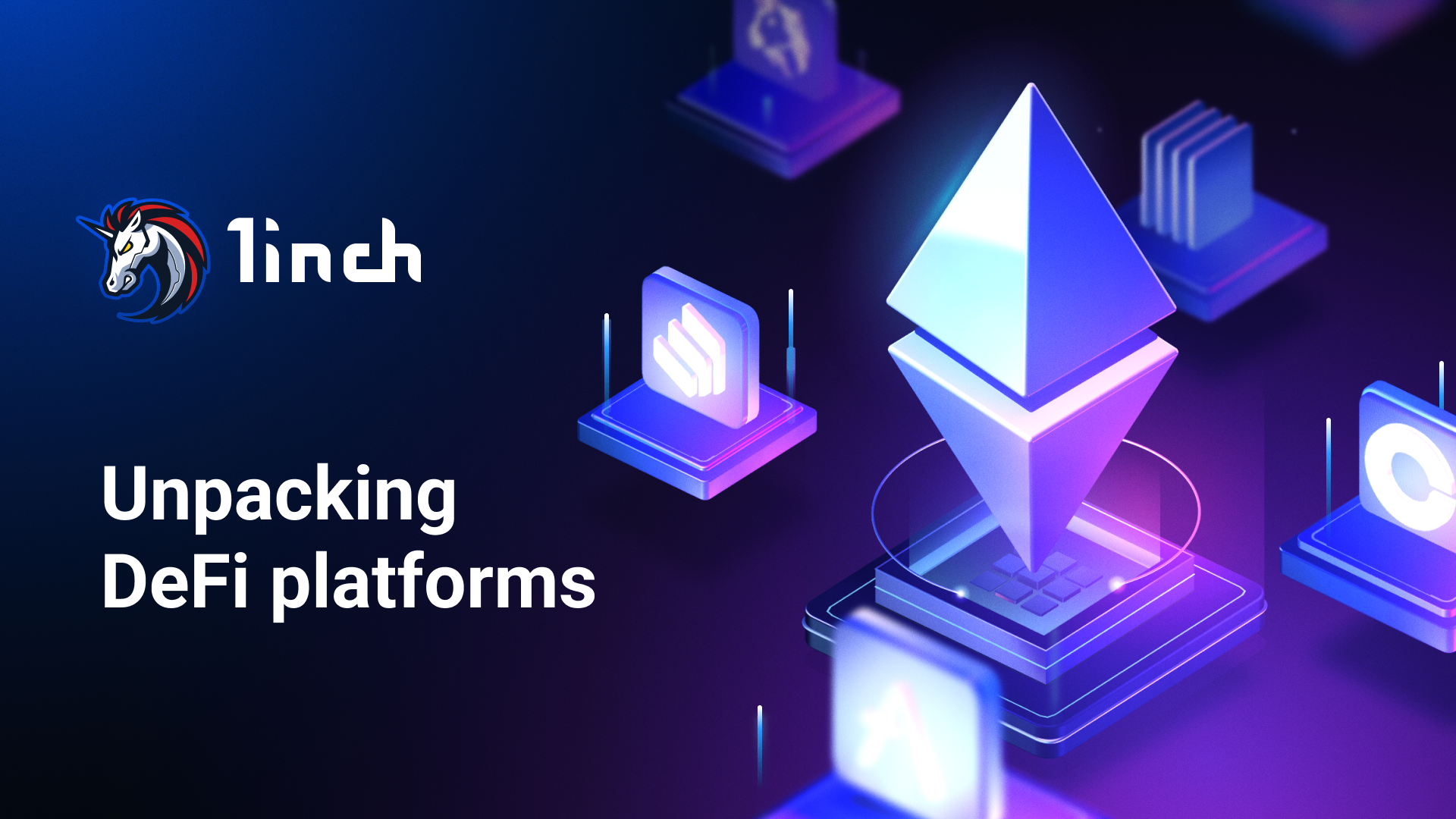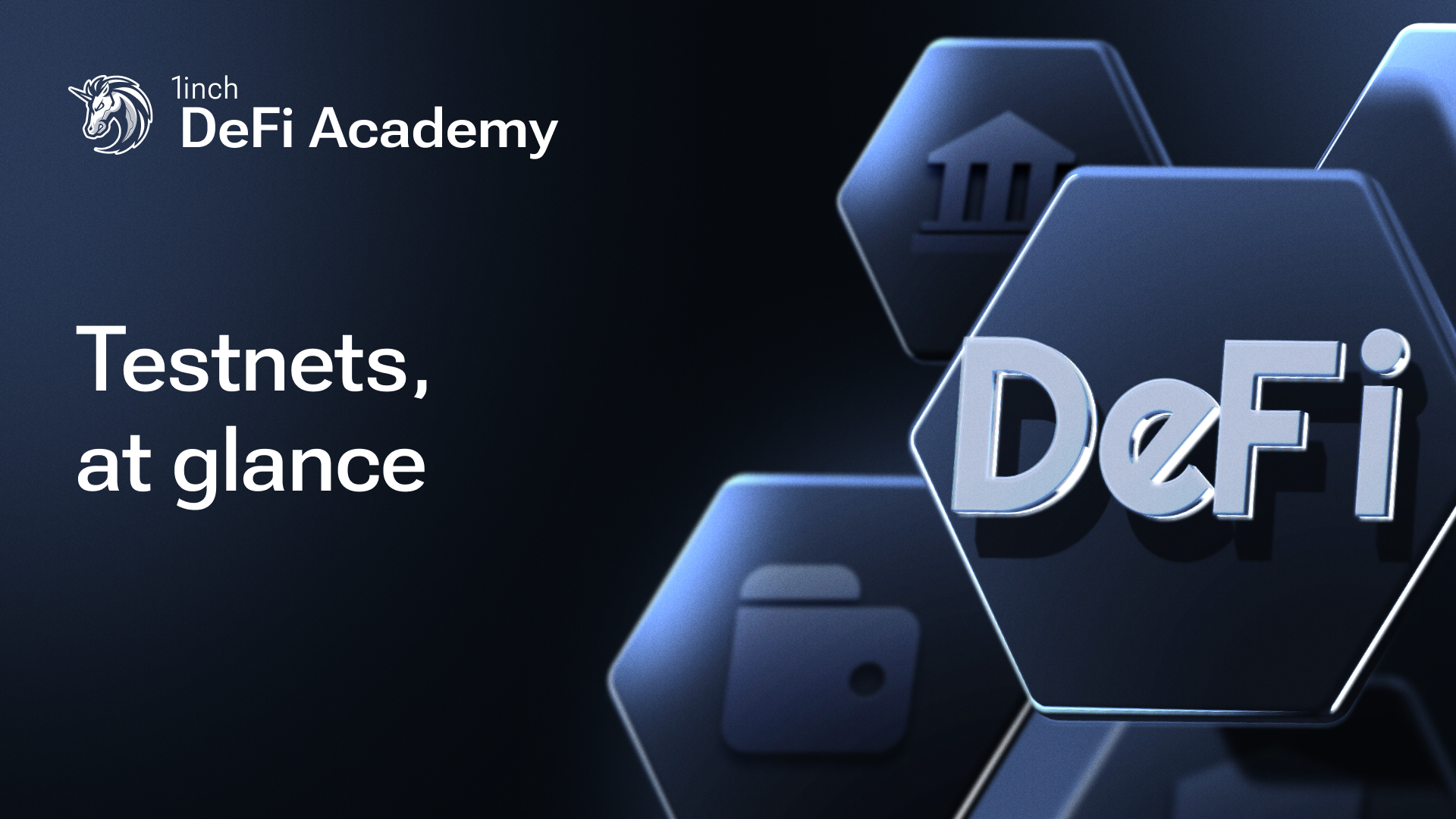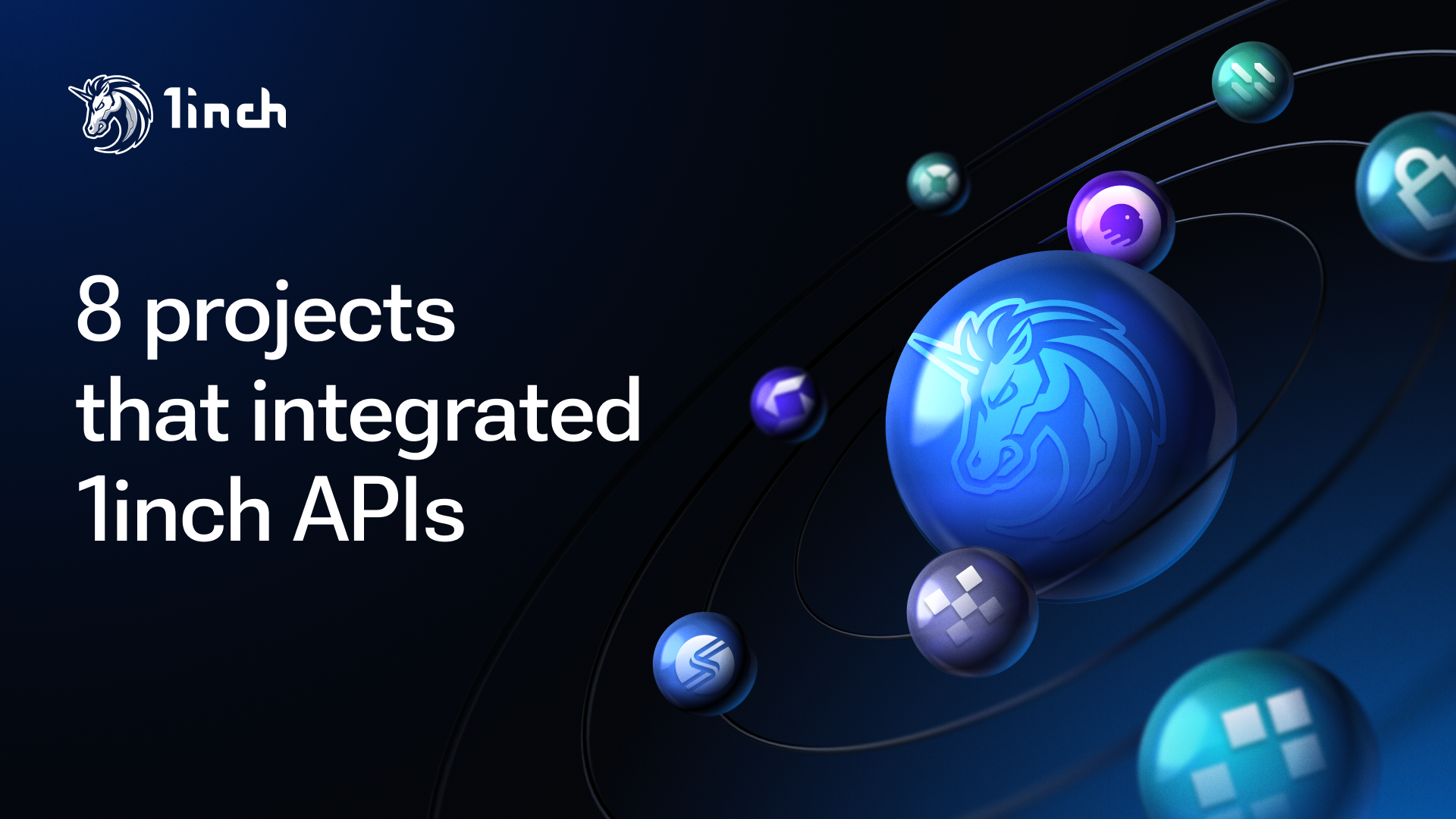What are the main types of DeFi platforms?

DeFi, powered by blockchain technology, supports an efficient and transparent environment for activities such as trading, investing, lending and earning on crypto assets.
Key takeaways:
In the DeFi space, multiple types of platforms are operating, allowing cryptocurrencies to be used for trading and investing. That opens up expansive possibilities for portfolio diversification and financial growth.
Lending
Lending platforms enable users to deposit their cryptocurrencies and earn interest, also allowing users to take cryptocurrency loans. Users depositing their tokens receive regular interest payments. Those funds are then provided to borrowers or used for other investment purposes.
To borrow, a user typically has to pledge collateral and pay interest rates, which vary depending on the platform. The lending and borrowing processes are similar to loans and deposit accounts offered by traditional banks, but they do not require submitting multiple documents and take only a couple of minutes to complete. All processes are powered with smart contracts.
Main features:
- Yield opportunities with depositing small amounts of funds;
- Instant lending and favorable interest rates for borrowers;
- The average APY (annual percentage yield)APYs could be as high as 15%, depending on the cryptocurrency and platform. Higher rates should be a red flag of a platform's unreliability in most cases;
- TVL reflects the total value of locked (deposited) assets. The more value locked on a platform, the more reliable it is.
Some examples of lending platforms are AAVE, Maker DAO and Compound.
Decentralized exchanges (DEXes)
A DEX is a decentralized exchange where users go when they need to swap cryptocurrency. A DEX brings the benefits of decentralization to this process since, unlike centralized exchanges, all transactions are executed through smart contracts without any intermediaries.
In this article, you can learn more about DEXes and the difference between centralized and decentralized exchanges.
Main features:
- Privacy (since no sign-up process is required and there is no central authority control);
- Easy onboarding: a user just needs to connect a crypto wallet, which is also possible via a QR code;
- The swap process is also very straightforward – once a user selects tokens for a swap, the DEX displays the price for the specified trade;
- Users don't interact with individual sellers: crypto assets are taken from liquidity pools containing cryptocurrency, which other users have locked within platforms' smart contracts for a specified period in order to earn passive income.
Among popular DEXes are Uniswap, PancakeSwap and dYdX.
DEX aggregators
DEX aggregators work on the same principle as hotel or air ticket aggregators. By instantly collecting information about cryptocurrency rates from hundreds of DEXes, an aggregator automatically offers the best swap price, which saves users money, time and effort.
Main features:
- Aggregators enable users to access different DEXes and their liquidity pools through a single interface. A swap can be executed directly within the aggregator's platform, dApp or wallet;
- A swap can be split between several DEXes, providing users with a better trade price than any single exchange would offer;
- Aggregators can offer additional trading features similar to centralized exchanges (placing limit orders etc.) for advanced traders. They are designed to optimize gas fees and minimize slippage, leading to more profitable and secure swapping experiences. For instance, 1inch introduced an innovative approach to swaps with its 1inch Fusion, which facilitates transactions with zero gas fees.
OpenOcean and ParaSwap are examples of DEX aggregators. Differently, 1inch takes the aggregation approach further by introducing Fusion swaps. Through 1inch Fusion, liquidity is sourced not only from the 1inch Aggregation Protocol but also from the entire market, including DEXes and CEXes.
Liquidity farming
Liquidity farming is similar to a bank deposit but allows users to earn far higher interest. A user deposits cryptocurrency into a liquidity pool, receiving a reward for doing so. Tokens deposited into a pool can be used for swapping transactions, and a percentage of swapping fees is paid as rewards to the liquidity providers.
When choosing a farming platform, liquidity and trading volume are the first things to consider.
Main features:
- The APY offered by platforms can vary from 5% to 100%;
- The average APY for stablecoin farming is 5-15%, while farming of highly volatile tokens yields sometimes up to 25-30%. Lesser-known tokens can yield up to 100%, but there is also a high risk of impermanent loss;
- An impermanent loss occurs when a token loses its value after being locked in a liquidity pool. This means that when withdrawing from the pool, the user will receive a smaller amount than they deposited. The amount of impermanent loss depends on the token's volatility. For example, if the token's price falls four times, the loss will be 20%.
DEXes like Uniswap, Curve or Sushiswap offer liquidity farming.
Yield aggregators
Aggregators help users to simplify the liquidity provision process by automatically checking the best farming periods and yields for multiple specific liquidity pools. By combining the yields of pools on farming platforms, aggregators create reinvestment chains. The entire process is similar to having a fund manager working on users' portfolios.
Main features:
- Every aggregator only supports specific pools;
- As liquidity provision, collecting and reinvesting profits are automated, a user saves time and gets a higher interest;
- Another side of farming automatization is losing control over the process. This only means that an aggregator should be thoroughly checked for credibility and the liquidity level of the pools it supports.
BeefyFinance, Harvest finance and Yearn.finance are examples of yield aggregators.
Conclusion
DeFi platforms offer users more control over their assets and introduce innovative ways to generate income. They can provide significantly higher APYs compared to traditional banking, although they come with their own set of risks, such as impermanent loss. Therefore, it is crucial for users to remain vigilant, understanding the risks involved and doing thorough research before engaging with any platform.




























